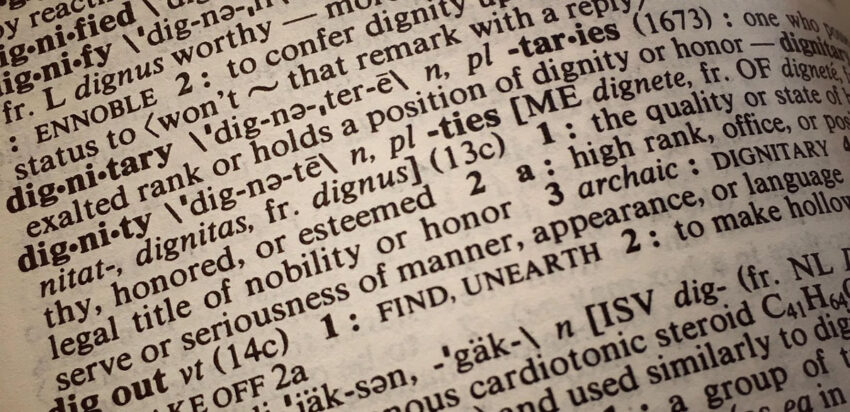What are the 3000 Common Words in English?
A common English words list, often referred to as high-frequency words, serves as a go-to resource for ESL learners who want to build essential vocabulary. These lists typically include the most frequently used words in everyday communication, such as “the,” “and,” “is,” and “you,” which are foundational for understanding and constructing sentences.
Beyond these super common words, however, is a list of vocabulary that will greatly enhance every English students’ fluency. The 3,000 common words list makes up about 95% of everyday spoken English.
By focusing on these high-frequency terms, ESL learners can quickly enhance their reading comprehension and speaking skills since these words appear consistently across various contexts and texts. Mastering this essential vocabulary enables learners to engage more confidently in conversations and comprehend written materials with greater ease.
How to Effectively Learn and Retain the 3000 Common Words
So, with such a huge list of words to learn, where do you begin?
Still one of my favorite language-learning methods, flashcards are a highly effective vocabulary learning strategy for ESL learners, serving as a versatile tool that enhances both retention and recall.
By presenting words alongside definitions, images, or example sentences, flashcards facilitate active engagement with the material, allowing learners to associate new vocabulary with visual or contextual cues. This method not only aids memory but also encourages spaced repetition (see below), where learners review the cards at increasing intervals to reinforce their understanding over time.
Another useful method to learn new vocabulary is called the Spaced Repetition System. This method is designed to enhance long-term retention of information by scheduling reviews of material at increasing intervals.
This approach leverages the psychological spacing effect, where information is more easily recalled when it is studied over spaced intervals rather than crammed in a single session. To complement SRS, word association techniques can significantly boost vocabulary acquisition and retention. By linking new words to familiar concepts or images, learners create mental connections that make recall easier and more intuitive. For example, associating the word “serene” with a peaceful beach scene helps solidify its meaning through vivid imagery.
Combining SRS with word association not only reinforces memory through repeated exposure but also enriches understanding by embedding new vocabulary within a broader context. Ultimately, this dual strategy can transform the way you learn languages or any subject matter requiring extensive memorization, promoting deeper comprehension and mastery over time.

Make Your Life Easier
Simpler is always better.
While the 3,000 common words are undoubtedly an effective resource, why spend time on super common words like “the” and “an”? This is why I created the 600 Common Words in English list.
From teaching ESL for many years, I picked and chose the most important words from the 3,000 word list that most ESL students did not know and that would be most beneficial for English as second language speakers.
With only 600 words to learn, you can study just ten words per day and complete the entire list in only two months. Remember, you don’t need to memorize ten words each day, just study them for a few minutes. It is through use and repetition that you will quickly assimilate these words into your everyday speech.
With my course on Udemy, you can study the 600 common words with three-minute lessons daily and by the end of the course, you will effectively understand the entire 3,000 common word list as well!

Vocabulary Sips
- go-to – default
- versatile – useful in many situations
- leverages – to take advantage of; enhance usefulness
- assimilate – to absorb; to incorporate into

What a great way to learn vocabulary! So simple and actually fun!!! Thx!!!